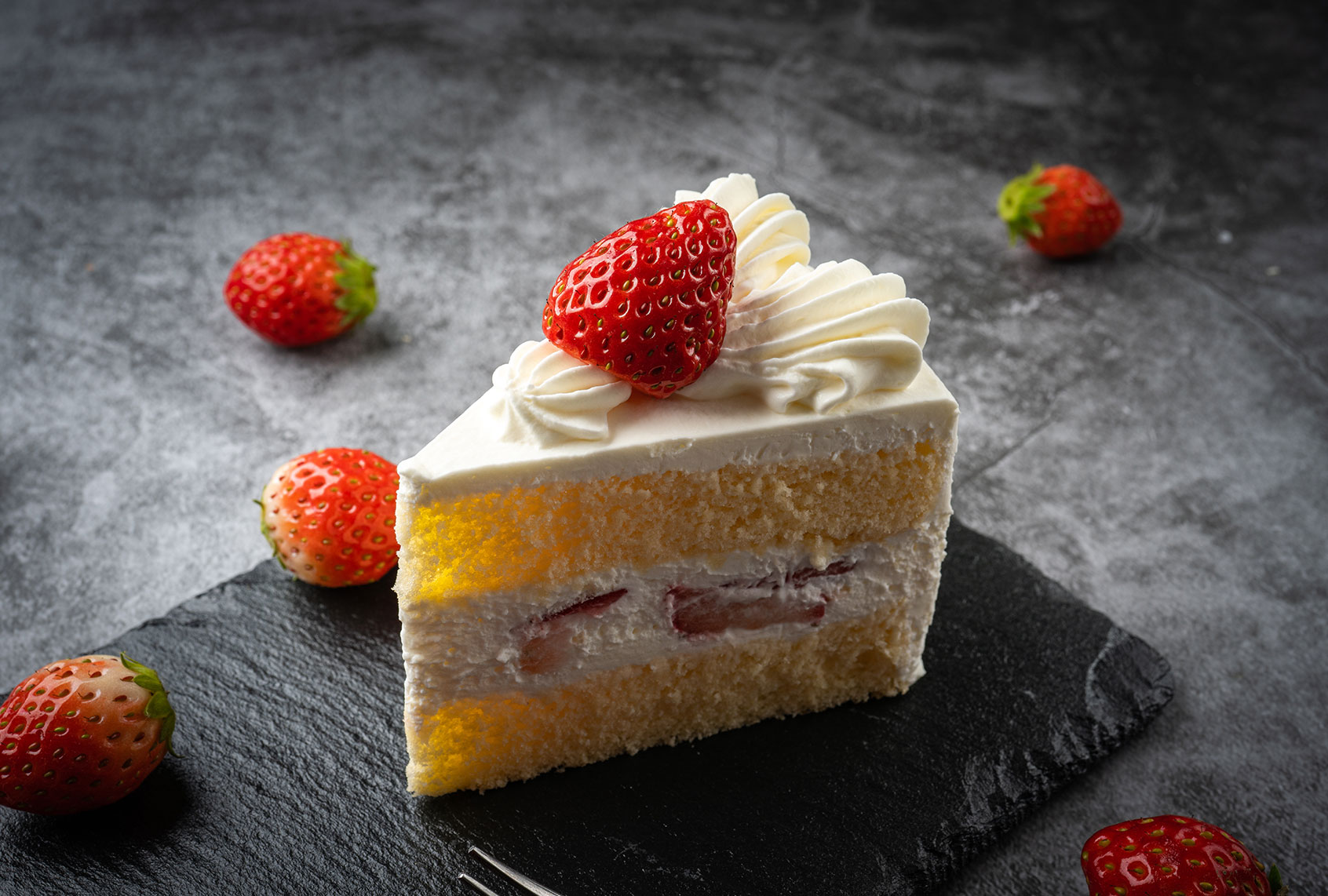If there was a dish that could single-handedly signal the arrival of summer, it would have to be strawberry shortcake. It has all the right things: punchy, vibrant berries and light clouds of whipped cream piled on a sturdy but not too heavy round of cake.
Even a “bad” strawberry shortcake is pretty great, but done right, the dessert has the potential to be the perfect balance of tartness, sweetness and a hit of creaminess.
Penny Stankiewicz, a pastry and baking arts chef-instructor at the Institute of Culinary Education, is here to help us deconstruct the ideal strawberry shortcake. From the preparation of the berries themselves to a logical compromise in the longstanding “biscuit versus sponge cake” shortcake debate, this expert also provides tips for making a good dessert even better.
Strawberries
While Stankiewicz says farm-fresh strawberries are delicious as is at the peak of seasonality, there are a few ways to coax even more flavor out of them. This is especially useful if you end up opting for supermarket berries that maybe aren’t as fresh.
Macerating the fruit is the first process that she recommends.
“Macerating basically means that you’re mixing the strawberries with sugar and maybe some other things — like lemon juice and vanilla extract, too — and then letting them sit on the counter,” she says. “You can cut them however you want to — so larger or smaller pieces — but you want to cut them so you have open membranes on the surface.”
As the berries rest in the sugar, lemon juice and vanilla extract for about 15 minutes, the strawberry juice naturally thickens into a light, fragrant syrup.
“For me, one of the real high points of a strawberry shortcake is that juice that sinks into the cake,” Stankiewicz says.
If you want to mimic some of the flavors of a strawberry cobbler, Stankiewicz actually recommends roasting your strawberries. Slice and spread the strawberries inside a rimmed baking dish, sprinkle them with sugar and roast them on low heat (about 250 degrees) until they’re slightly softened, about 15 or 20 minutes.
“What that’ll do is it’ll help some of the moisture evaporate out of the strawberry and concentrate those flavors,” she says. “And then I like to mix them with some fresh sliced strawberries so you get the best of both.”
Whipped Cream
According to Stankiewicz, there are two big mistakes home cooks make when making whipped cream: over-sweetening and they over-whipping.
“You really want that sweetness to come from the natural sweetness in the strawberries,” she says.
For every cup of heavy whipping cream, Stankiewicz recommends that you only add about one scant tablespoon of sugar. Either plain white or confectioner’s sugar works.
She also recommends that home cooks stop thinking about the whipped cream that comes in an aerosol can as the ideal. There are a couple of different ways to physically whip cream at home: a good ol’ whisk, a standing mixer with a whisk attachment or an immersion blender. Whatever you opt to use, stop whisking when soft peaks start to form.
This gives you delicate, billowy spoonfuls of whipped cream as opposed to getting to the point where “little lumps of butter” start to form.
If you do over-whipped your cream though, fear not. Stankiewicz reveals a simple pastry chef’s secret to us: “Just add a little bit more cold liquid cream and stir.”
Shortcake
Everybody does the “shortcake” portion of strawberry shortcake a little bit differently, typically ending up in either sweet biscuit or sponge cake territory. Both have their merits: The biscuits stand up really nicely to the moisture of the strawberry juice and the whipped cream, while the cake soaks up the syrup, making for really delicious bites.
But Stankiewicz’s personal favorite option takes the best of both worlds, including the butter notes and sturdiness of the biscuit and the relative lightness of the sponge cake.
“My preference is a good, light butter cake,” she says. “You can do this a bunch of ways. You can take the batter and make a cupcake and have individual servings, or you can make a sheet can and then cut it in rounds. Then flip them over to expose the part that would have been touching the parchment because it will be more porous. Pile your ingredients on top of that, and it will really soak up the juices.”
For more summer desserts, check out these favorites from Salon Food:

